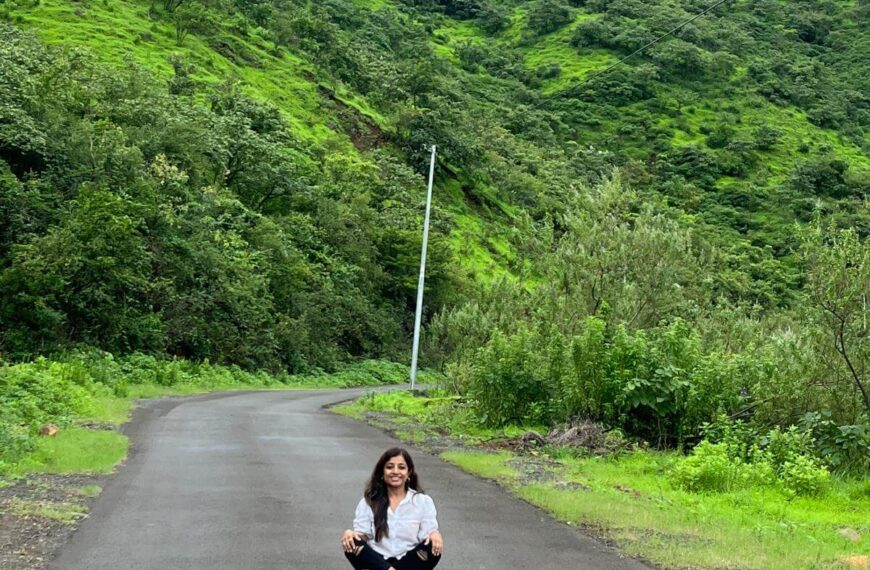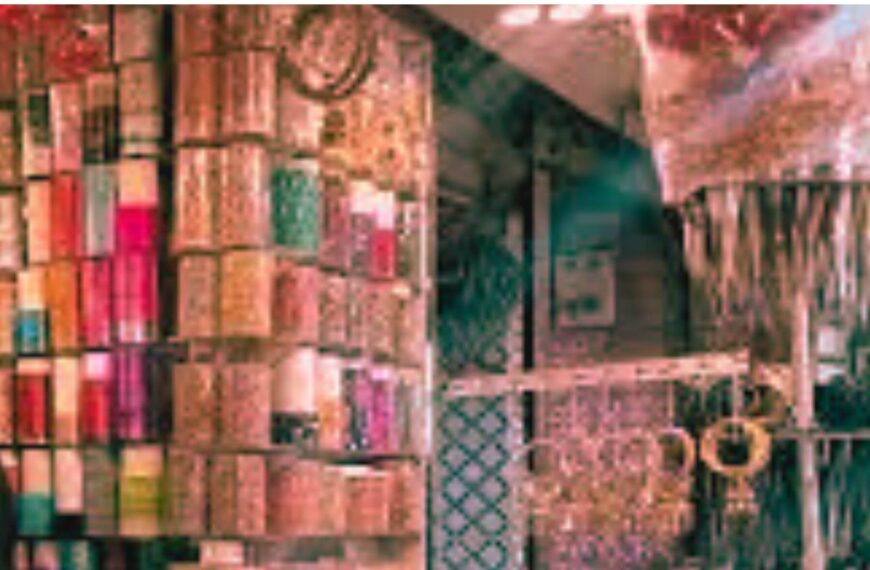Our humourist dabbles in the travelogue. He likens Italy with India, in the weekly column, exclusively in Different Truths.
Italy is just like India. I didn’t meet a single Italian there. Whenever asked “Are you Italian” I usually received replies, “No I am Roman, Tuscan, Florentine, Neapolitan, etc.” Just as we cannot find Indians in India but only Bengalis, Punjabis, Gujaratis, Tamilians, etc. Till 150 years back, these were warring city-states and were unified by force by General Garibaldi. Old animosities still remain.
 Even the language which appears to be same to us is apparently different and there is resistance in imposing Italian in the various districts. There is a vehement protest if you say these are dialects of Italian. They insist that they are different languages. Much as an Assamese was furious when their language was considered a dialect of Bengali. I noticed a street sign in Venice defaced as it was an Italian and rewritten in Venetian although the difference was only ‘Della being changed to De la’.
Even the language which appears to be same to us is apparently different and there is resistance in imposing Italian in the various districts. There is a vehement protest if you say these are dialects of Italian. They insist that they are different languages. Much as an Assamese was furious when their language was considered a dialect of Bengali. I noticed a street sign in Venice defaced as it was an Italian and rewritten in Venetian although the difference was only ‘Della being changed to De la’.
Italians too are averse to following any rules, especially in traffic. They are vociferously argumentative about politics, government and everything else under the Sun. Everyone alleges corruption in the government and in all walks of life but seem to accept it as inevitable, much like Indians. The day-long arguments in the roadside cafes and the heated debates on football reminded me of Kolkata. Graffiti too adorn every available space on public walls. But I was disappointed to learn that they were of the Romeo Loves Juliet variety rather than the witty political kind we see in Kolkata. This seems to be an old habit as we saw graffiti in 2000-year-old ruins in Rome.
Street artists are not persecuted but encouraged and allowed to display their works along with ancient  monuments and even though street signage.
monuments and even though street signage.
There is a great obsession with food and everyone has an opinion about which of the ubiquitous eateries are the best for which dishes. Every city has a different cuisine and Pizzas are a specialty of Naples, where they were invented and seafood in Venice, while steaks are the staple of Florence. I plan to write a separate piece on the food but just as in India, we are told not to order a Risotto, in Florence, as we warn people not to order Bhature in Chennai and Idly in Ludhiana.
The narrow streets reminded me of the gullys (by-lanes) and kuchas (alleys) of Banaras, Old Delhi, North Kolkata or any of the walled cities as in Ahmedabad, Hyderabad, etc. but are excellently preserved and made into tourist attractions. We really need to learn from this. A bit of cleaning up and some restoration and we too can create this feeling of being in a time machine.
 Street corner shrines in memory of citizens killed in terrorist violence from their volatile past and flirtation with the extreme left politics and an undercurrent of sympathy for the left and the extremists as misguided boys took me straight back to Kolkata. There too you find numerous Shaheed Smriti monuments in the by-lanes and the indulgence towards ‘those brave boys’ the young Naxalites, who give their lives in a futile struggle for the Communist ideal.
Street corner shrines in memory of citizens killed in terrorist violence from their volatile past and flirtation with the extreme left politics and an undercurrent of sympathy for the left and the extremists as misguided boys took me straight back to Kolkata. There too you find numerous Shaheed Smriti monuments in the by-lanes and the indulgence towards ‘those brave boys’ the young Naxalites, who give their lives in a futile struggle for the Communist ideal.
The stoicism of the Italians is also like the fatalism and the jugaad philosophy of India. Venice streets are flooded for half the year and the citizens grumble and blame government apathy and greedy contractors but manage their personal life undeterred. There are curious overturned benches in every square and street which duly flooding make convenient pathways for people to move around. Houses have shutters from the ground up to the level the water is expected to rise. Long boots are part of everybody’s wardrobe to negotiate flooded streets. A bookshop even has the display on a boat so that it can float up as the water moves in. This was true jugaad Indian Style.
 The other thing that reminded strongly of India was the presence of Bangladeshis everywhere. All waiters, hawkers, street side shops, salespeople were Bangladeshis and one could travel to the bigger town of Southern Italy conversing only in Bangla. Italians do not have domestic help, the role in which we see the people from our neighbouring country in India.
The other thing that reminded strongly of India was the presence of Bangladeshis everywhere. All waiters, hawkers, street side shops, salespeople were Bangladeshis and one could travel to the bigger town of Southern Italy conversing only in Bangla. Italians do not have domestic help, the role in which we see the people from our neighbouring country in India.
The pavements are usually blocked by makeshift shops selling shoddy products or counterfeit branded items just as you see in India and the pedestrians crowd the streets where vehicles make a slow torturous way through the crowds honking their horns. This took me straight back home.
I will continue to share my impressions of the Italy which the tourists tend to miss in future episodes.
©Soumya Mukherjee
Photos from the Internet
#Italy #ItalyandIndia #Tourism #Food #TravelItaly #ItalianPeople #Florence #WhyPigsHaveWings #DifferentTruths



 By
By

